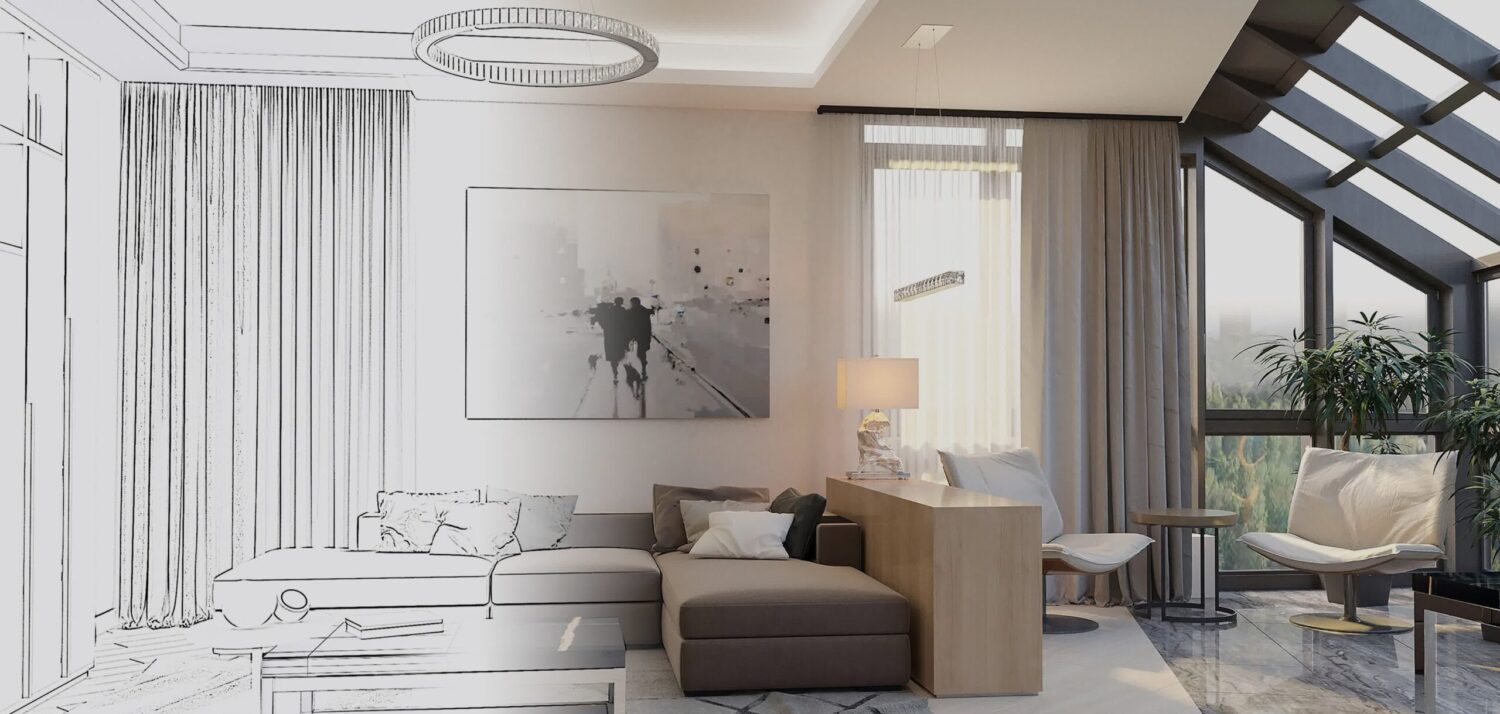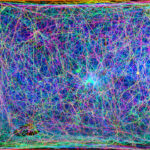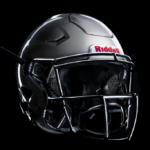
 As a kid growing up in Florida, I was always thrilled to find a conch shell intact, washed up on the shore. My grandmother had an enormous collection of them on her sunny porch and we all loved to put the big shells up to our ears to ‘hear the ocean’ from within the shiny mollusks. That’s a magic that never ceases to fascinate, although it’s really just a product of the sounds around the listener, trapped in the conch’s famous inner tunnel.
As a kid growing up in Florida, I was always thrilled to find a conch shell intact, washed up on the shore. My grandmother had an enormous collection of them on her sunny porch and we all loved to put the big shells up to our ears to ‘hear the ocean’ from within the shiny mollusks. That’s a magic that never ceases to fascinate, although it’s really just a product of the sounds around the listener, trapped in the conch’s famous inner tunnel.
The conch is a prize indeed—around the world—whether as a perfect specimen of a seashell, soothing white noise held up to our ears, or in use as a rudimentary musical instrument, sounding the horn in the islands. And so, as we often see nature inspiring 3D printing innovation of all sorts, it’s not surprising that the conch should have its place there as well.
A research team at MIT recently began exploring the extreme durability of the conch—above all other shells—imagining it as armor for human bodies. They have just published their findings in Advanced Materials, in ‘Hierarchically Enhanced Impact Resistance of Bioinspired Composites,’ authored by MIT graduate student Grace Gu, postdoc Mahdi Takaffoli, and McAfee Professor of Engineering Markus Buehler.
“An order of magnitude tougher than nacre, conch shells are known for being one of the toughest body armors in nature,” state the authors in their paper. “However, the complexity of the conch shell architecture creates a barrier to emulating its cross-lamellar structure in synthetic materials. Here, a 3D biomimetic conch shell prototype is presented, which can replicate the crack arresting mechanisms embedded in the natural architecture.”
Gu also points out that “this really unique architecture” of the conch presents a structure exponentially stronger than mother of pearl—also referred to as nacre. It takes a lot of wear and tear to break down the multi-tiered conch, made up of a “zigzag matrix, so the crack has to go through a kind of a maze”
Buehler, the head of the Department of Civil and Environmental Engineering, also explained that the material has not been easy to replicate until now. With 3D printing, they can indeed copy and test it, and according to Buehler they can “use exactly the same geometry.”
Being able to test the materials and evaluate its performance has made all the difference.

“In the past, a lot of testing [of protective materials] was static testing,” Gu explains. “But a lot of applications for military uses or sports involve highly dynamic loading.”
Testing has demonstrated that “lower-level structures” were weaker in comparison to those of a higher level, with Gu pointing out that material made with criss-crossed features like a real conch had 85 percent less chance of cracking. The result is that the researchers see great potential for items like helmets and other gear that offers protection for humans. Rather than just offering a shell or liner, with this 3D printed, conch-like material, something like a helmet would be comprehensively covered with the protective material.
All of the benefits of 3D printing would come into play as well, with the speed and affordability in manufacturing—and most importantly—the ability to personalize protective gear. Gu points out that helmets could be “tailored and personalized; the computer would optimize it for you, based on a scan of your skull, and the helmet would be printed just for you.” 3D printing allows for a close recreation of the conch’s toughness, as this video from MIT illustrates:
This project at MIT was supported by the following:
- Office of Naval Research
- A National Defense Science and Engineering Graduate Fellowship
- Defense University Research Instrumentation Program (DURIP)
- Institute for Soldier Nanotechnologies (ISN)
- Natural Sciences and Engineering Research Council of Canada
Interested in reading the research paper? It is available for download here. Discuss in the 3D Printed Conch forum at 3DPB.com.
[Source: MIT News]
If you're looking to request photorealistic CGI in the USA, our service offers an easy and efficient way to get stunning, lifelike renderings for your architectural and real estate projects. Through our platform, you can quickly request high-quality CGI images that accurately capture the essence of your designs. Whether it's for a residential or commercial property, our experts specialize in creating realistic 3D renderings that highlight every detail, bringing your vision to life with exceptional clarity and precision.
Through our website, requesting photorealistic CGI becomes a seamless experience. With our help, you can get highly detailed 3D visualizations that look just like photographs, providing a realistic representation of your project before it's even built. Our team ensures that every element, from textures to lighting, is meticulously rendered, giving you an impressive, lifelike result that will leave a lasting impact on your clients and stakeholders.






Leave a Reply
You must be logged in to post a comment.